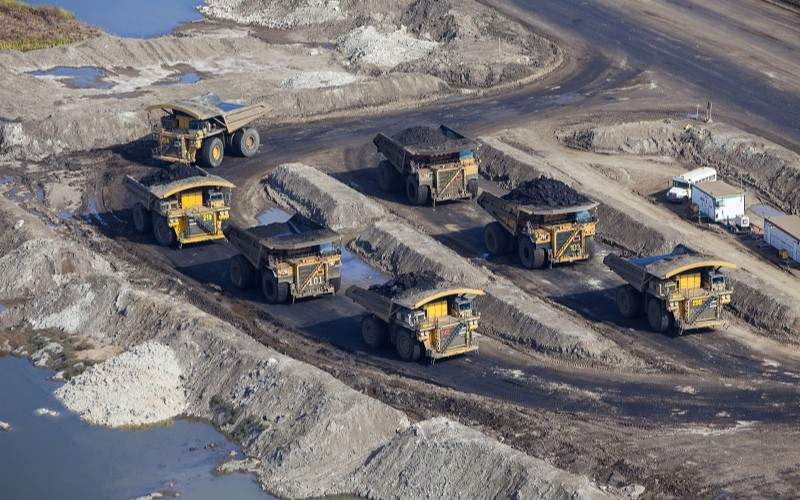
No matter the size of your operations, digitalization has become a requirement for any mine aiming at remaining competitive. The digital transformation process does, however, vary from mine to mine, and is influenced by a large number of factors including financial, environmental, operational and safety.
Autonomy can be seen as the ultimate level of a Digital Mine, where safety is increased and production is optimized. When the downtime cost of your equipment exceeds $10,000/hour/fleet, the success of the autonomous mine relies on successful deployment and ongoing management of your wireless network.
Planning your autonomous wireless network
Upgrade of your wireless network should be included in the long-term strategic planning of your transition to autonomy. Proper planning can ease the transition between your current communication technology and the planned autonomous communication technology, through the use of dual radio solutions and other scalable technologies that can guarantee a smooth network upgrade and typically reduce the overall costs of upgrading.
When it comes to designing the wireless network, whether be for autonomy or not, the design needs to provide the scalability, redundancy, and maintainability required by the mining environment. The truth is that the original network design will need to be updated several times even before completion of the wireless network upgrade project, and those design changes will continue throughout the life of the network. The activities associated with mining ensure a static network design just won’t work. Scalability, redundancy, and maintenance are key components to success.
When it comes to designing an autonomy ready wireless network, there are a few alternatives available. First, a single network may be envisioned, to support both the autonomous application as well as the other non-autonomous applications. In this case, Quality of Service (QoS) will be required to ensure the autonomous application is prioritized before any other applications. Alternatively, two different wireless technologies could be employed separating the autonomous and non-autonomous applications. This guarantees the autonomous applications won’t be interrupted by network connectivity issues caused by the other applications. A dual radio is the right technology to support this option.
Upgrading towards an autonomous wireless network
Putting the proper planning in place for the future autonomous applications is the starting place. A mine that wishes to deploy autonomous drilling or dozing will have different network requirements than a mine where haulage will be automated, and those requirements will again be different from a mine where 100% autonomy from a single autonomous vendor is envisioned.
Understanding the desired end game will drive the mines technology choices today, ensuring appropriate scalability is ensured, and technology replacements are planned where scalability doesn’t currently exist. In some cases, a gradual replacement of select network items can be performed over a long period of time, reducing downtime and costs when the autonomous equipment is deployed.
Managing and maintaining your autonomous wireless network
High performance of your wireless network is critical to the success of an autonomous deployment. As your operations progress, this performance needs to be maintained through real-time monitoring of all your connected assets and proactive servicing. Understanding what is up and what is down isn’t enough with autonomy. Real-time tracking and alerts as trends change and thresholds are reached become critical to be able to proactively troubleshoot. Enabling your team to visualize, track, understand and record how your autonomous equipment connects to the network will ensure issues are addressed before they become critical.
To discuss how 3D-P can help you design, deploy and support your autonomy ready wireless network, contact us now.

